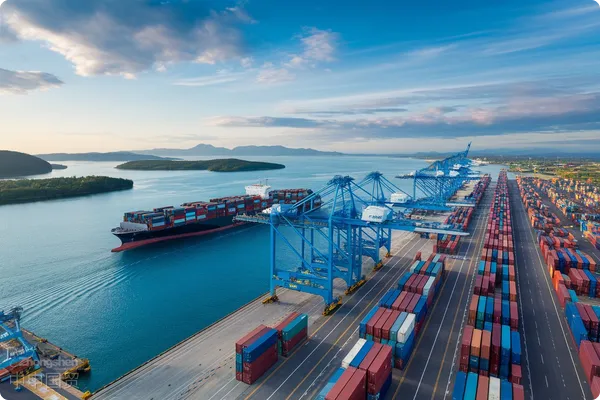- Shanghai Zhongshen International Trade Co., Ltd. - Two decades of trade agency expertise.
- Service Hotline: 139 1787 2118
photovoltaicAs a clean, renewable energy source, solar power is becoming a crucial component of global energy transition. However, with the continuous expansion of photovoltaic systems, land consumption issues are increasingly prominent. Traditional solar farms require vast land areas, which not only steal agricultural space but may also cause ecological damage. Particularly in land-scarce regions, balancing solar power generation with land conservation has become a key focus for both industry and academia.
To address land consumption, the industry has implemented various innovative solutions. Among these, agrivoltaics—installing solar panels on farmland to achieve dual land use for agriculture and energy generation—has emerged. While effectively conserving land resources, this approach enhances comprehensive land utilization efficiency. However, agrivoltaics represents just one solution, with more innovative approaches still under research and exploration.

Recently, Italys National Agency for New Technologies, Energy and Sustainable Economic Development (ENEA) partnered with photovoltaic company TeaTek Spa to develop heavy-load and extreme-weather resistant solar panels. Unlike conventional panels, these innovative modules feature exceptional load-bearing capacity, withstanding static loads up to several tons while maintaining stability under vehicle traffic and extreme weather conditions. This expands potential applications beyond road surfaces to include wind barriers, pedestrian walkways, bike lanes, and tram tracks.
ENEA project coordinator Girolamo Di Francia stated: The photovoltaic panels we are researching break the limitation that they can only be installed on roofs or open areas. They can be installed in various scenarios, greatly expanding the application scope of photovoltaic power generation. According to ENEAs calculations, if such photovoltaic panels are installed on roads and highways in Italy, even covering just 10%, the power generation capacity will exceed 20 gigawatts, which will undoubtedly provide strong momentum for Italys renewable energy development.
This technological breakthrough not only addresses land requirements for solar power generation but enables multi-scenario photovoltaic applications, significantly advancing industry development. With continuous technological progress, we can anticipate solar power becoming integrated into diverse aspects of daily life rather than being limited to specific installations.
However, widespread adoption still faces technical and economic challenges including ensuring safety/stability, improving energy conversion efficiency, and reducing manufacturing costs. Through ongoing research and technological advancements, these issues will ultimately be resolved.
Related Recommendations
? 2025. All Rights Reserved. Shanghai ICP No. 2023007705-2  PSB Record: Shanghai No.31011502009912
PSB Record: Shanghai No.31011502009912










